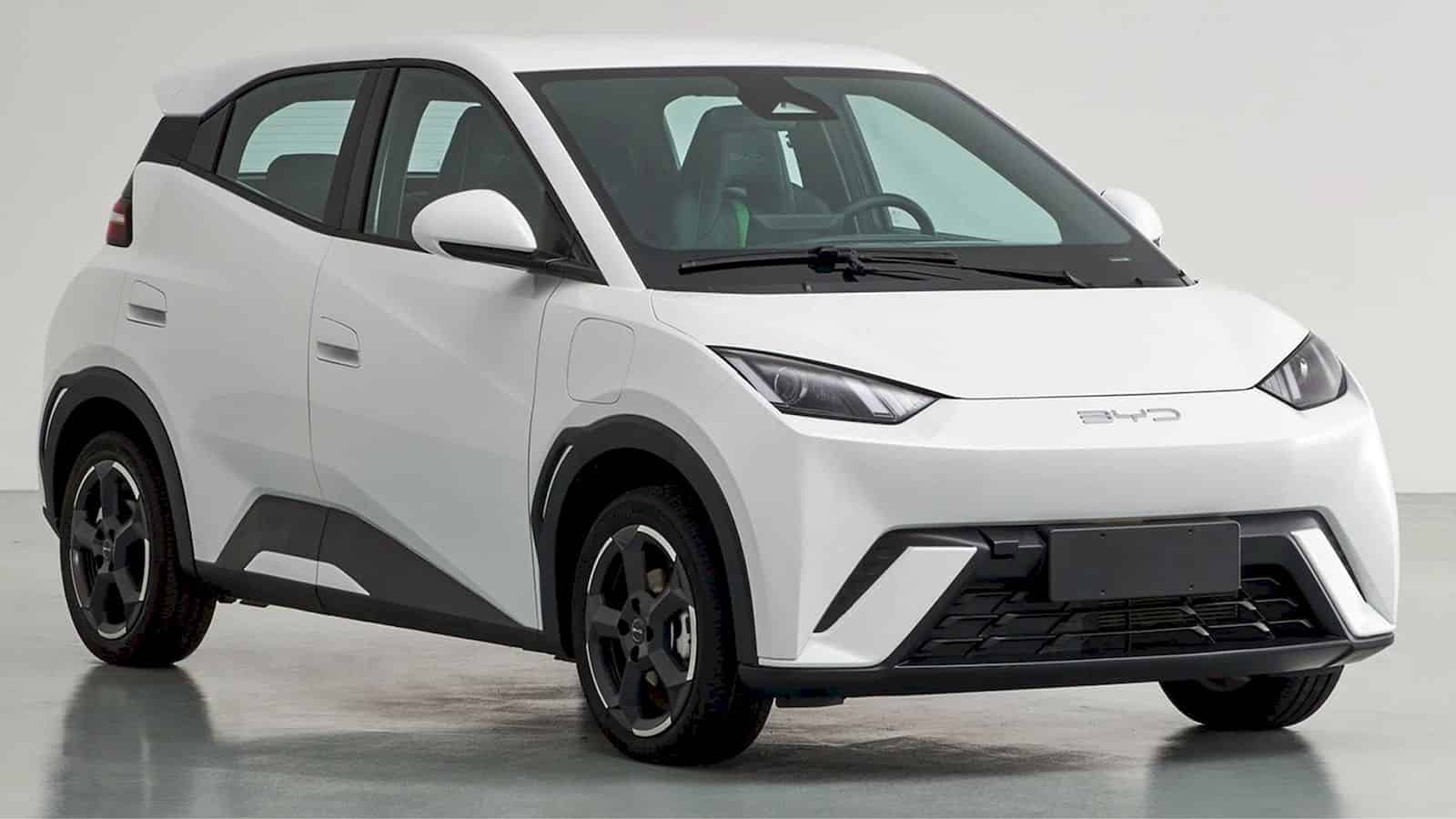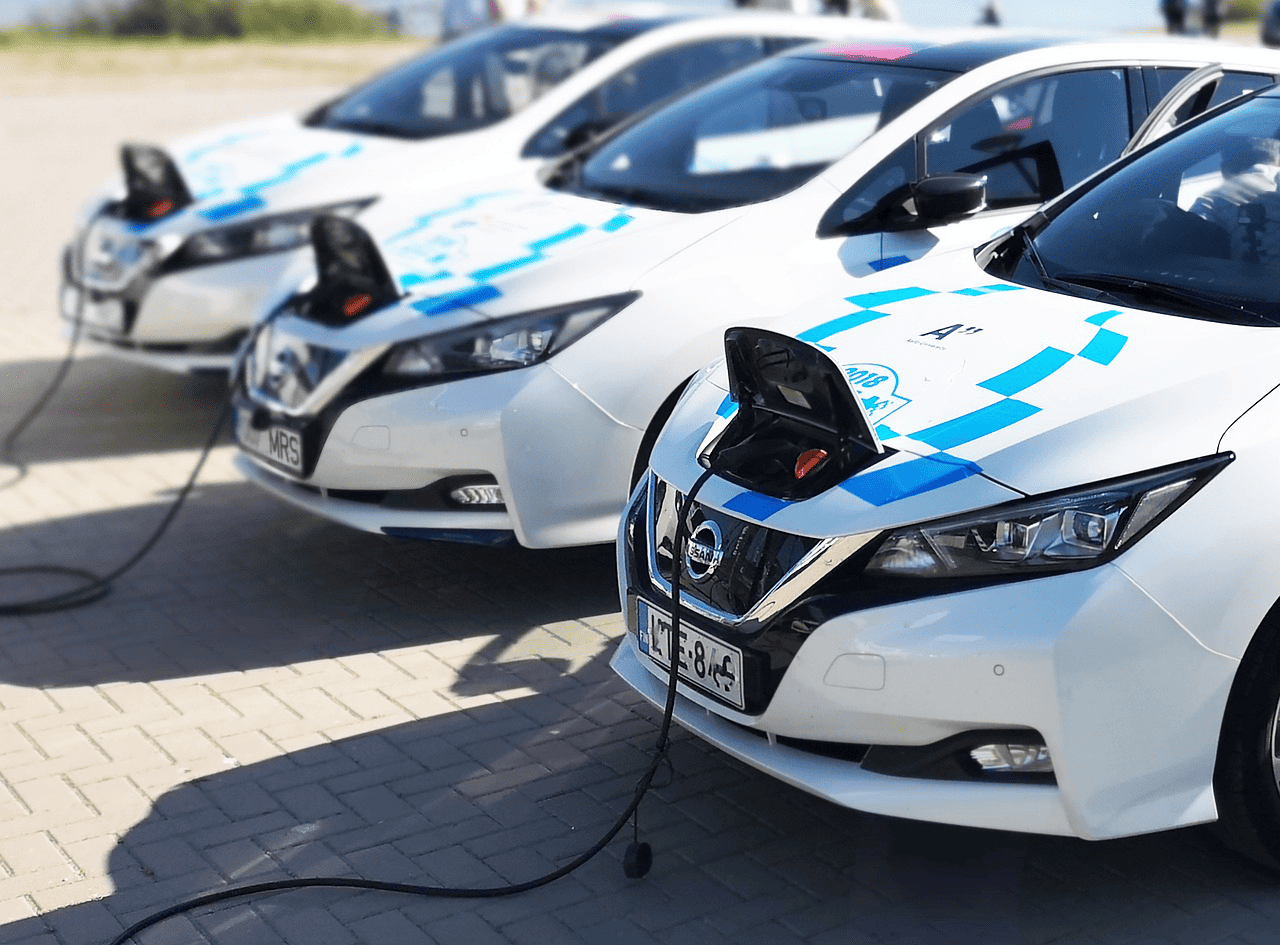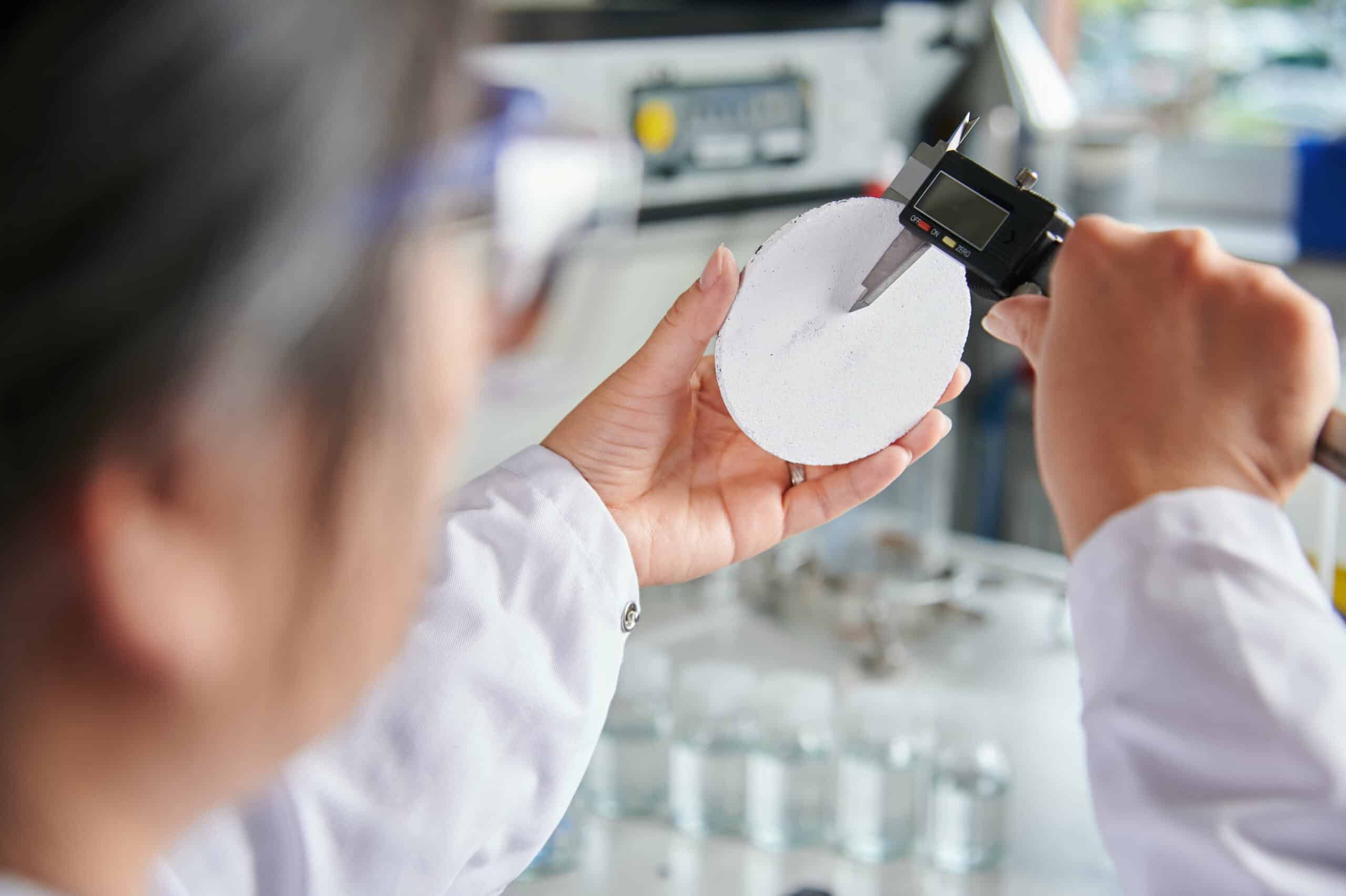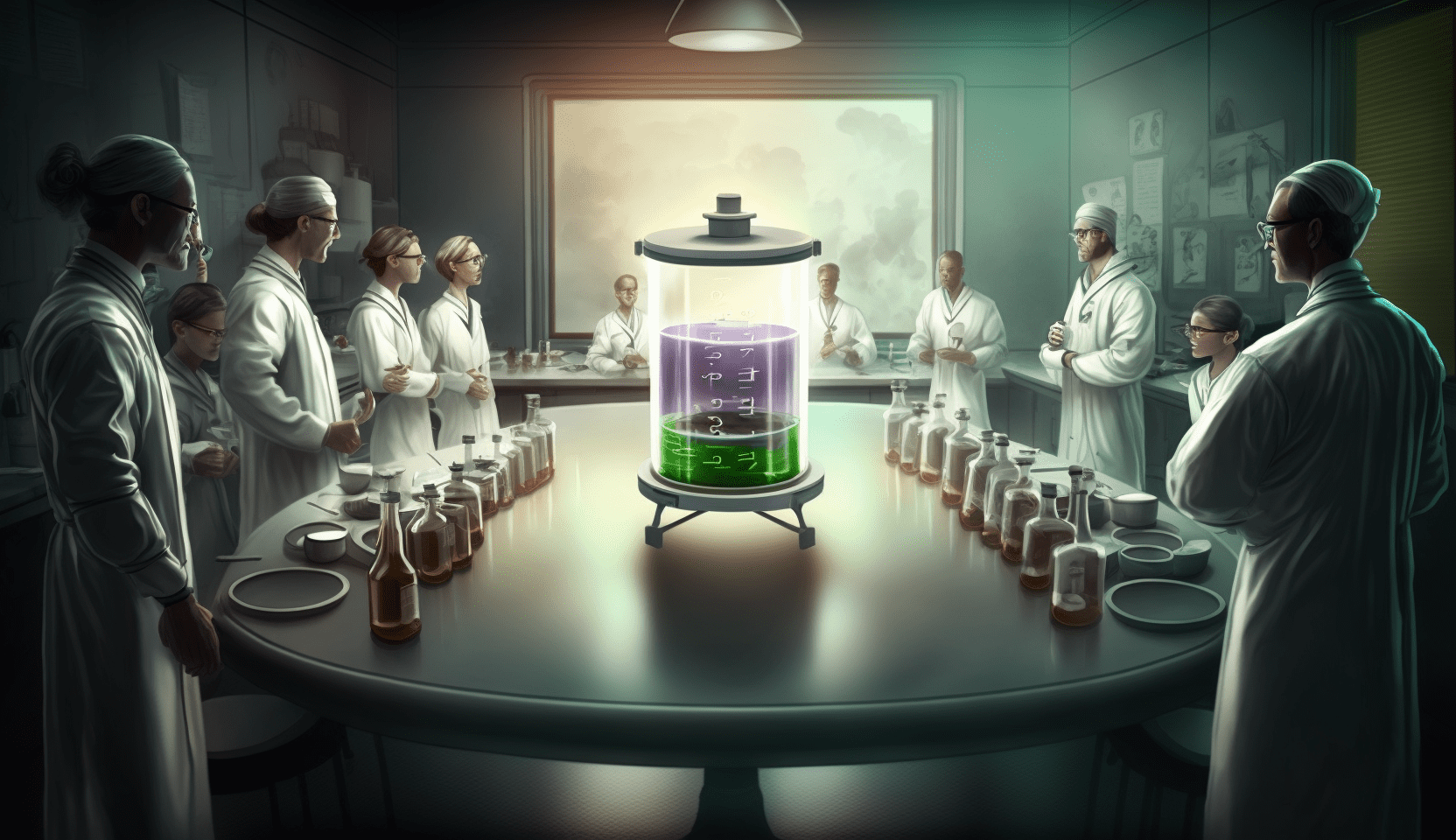
From cars to medical appliances, contemporary life relies extensively on batteries. The ability to store energy efficiently is crucial for powering devices ranging from minuscule gadgets to large SUVs. Consequently, there is a continuous endeavor to enhance battery performance. What does the cutting-edge battery technology landscape look like? What breakthroughs can we anticipate in the near future?
Oxygen-ion batteries: a new long-life solution
Researchers at the University of Technology Vienna have developed an oxygen-ion battery that offers several advantages over traditional lithium-ion batteries. Although oxygen-ion batteries have lower energy densities, their storage capacity can be regenerated, potentially enabling an extended service life. These batteries are constructed from incombustible materials and do not require rare elements, making them an excellent choice for large energy storage systems that store electrical energy from renewable sources.

Stretchable and biodegradable batteries for healthcare
Austrian researchers at Johannes Kepler University have created the first stretchable and biodegradable battery. This innovative battery is water-soluble, easily broken down in the body, and designed for use in wearables and medical implants. Existing batteries often contain toxic metals and are difficult to recycle, but this breakthrough overcomes these limitations by using elastomer, magnesium, molybdenum oxide, and a biodegradable gel in its construction.
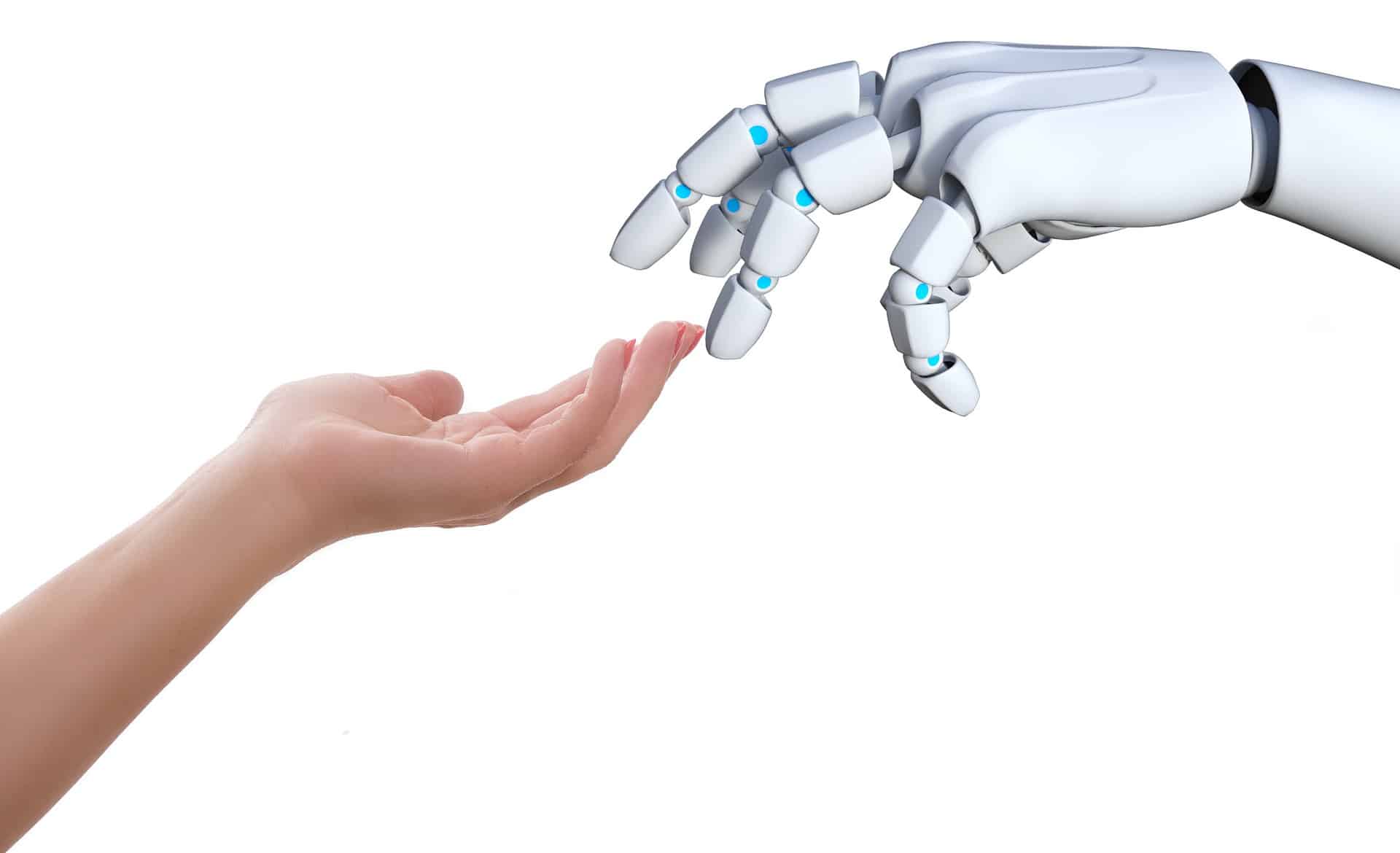
Revolutionary laser technology for li-ion batteries
Researchers at the Fraunhofer Institute for Laser Technology have developed two groundbreaking laser-based manufacturing processes that boost energy efficiency in lithium-ion battery production. The diode laser drying system reduces energy consumption by 50% and industrial-scale space requirements by 60%. The high-power ultrashort pulse (USP) laser also creates Li-ion highways in the battery electrode, increasing power density and service lifetime.

Extending battery service life with salt mixtures
Dutch scientists from Delft have developed a method to extend the lifespan of lithium-ion batteries by mixing five salts together. This innovative approach stabilizes the layer of broken electrolytes, improving battery lifespan and offering advantages in electric mobility and short-term storage of solar and wind energy. The researchers are also exploring the potential application of this electrolyte concept in next-generation sodium-ion batteries, which could reduce dependence on lithium.
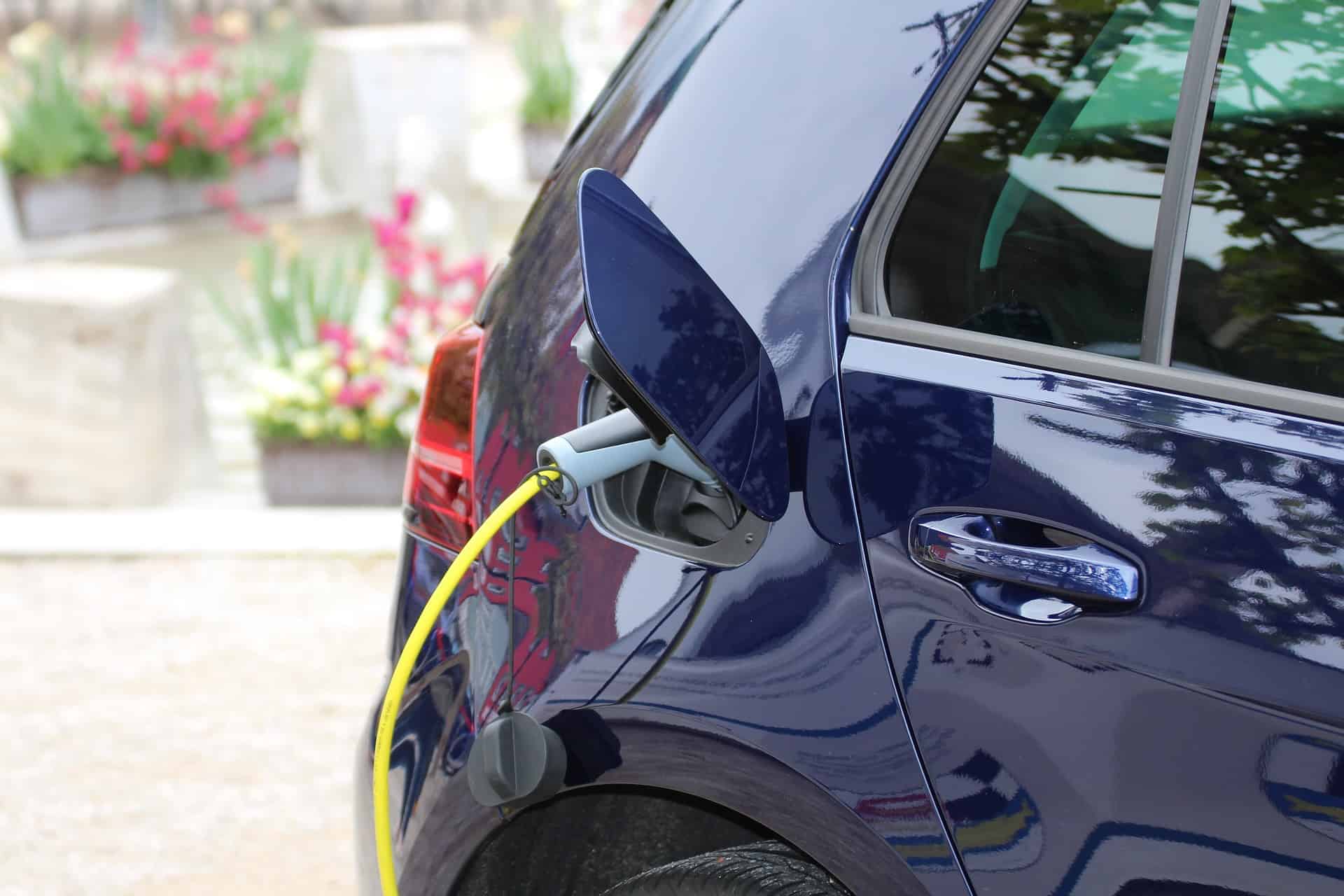
Groundbreaking anode innovation for li-ion batteries
Researchers from POSTECH and Sogang University have developed a high-capacity anode material for li-ion batteries, which could potentially increase electric vehicle range tenfold. By replacing conventional graphite anodes with silicon anodes and layered-charged polymers, they have created a stable and reliable material. This advancement could meet the growing demand for high-capacity batteries in the electric vehicle sector and contribute to combating climate change through electric vehicle adoption.
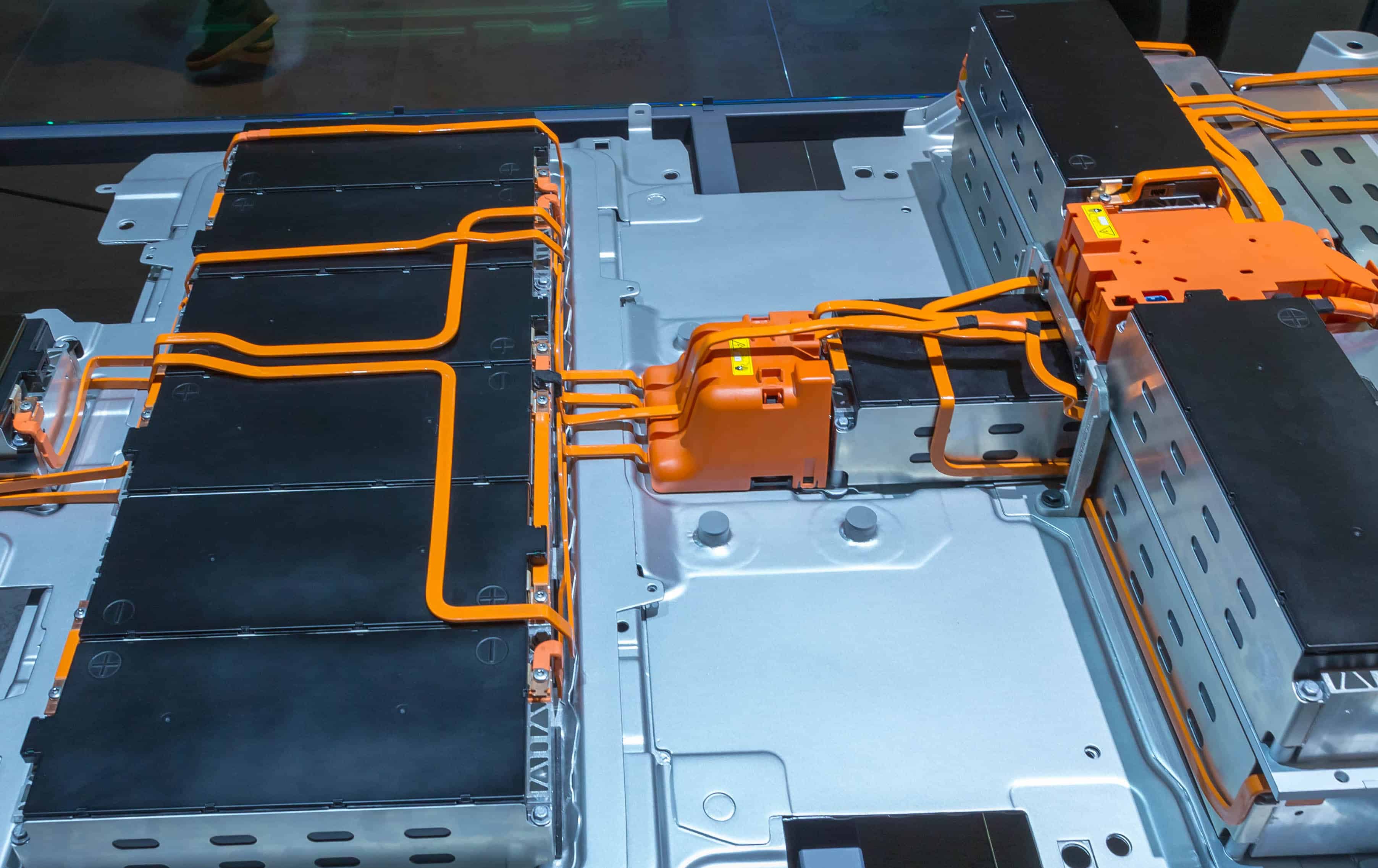
Salt battery for renewable energy storage
Mechanical engineer Jelle Houben and colleague Pim Donkers have developed a closed-loop system using salt tablets to store renewable energy. This rechargeable salt battery offers longer-lasting, higher capacity storage compared to conventional batteries. The technology works by converting electricity into heat, which heats a liquid (oil or water) that passes through an evaporator containing salts, allowing for heat storage and release. This salt battery could revolutionise renewable energy storage and contribute to a natural gas-free built environment.

Solid-state Lithium-Sulfur batteries with sluggish charge transport
Solid-state Lithium-Sulfur batteries offer the potential for much higher energy densities and increased safety, compared to conventional lithium-ion batteries. But there’s a downside as well. The results of recent research unveil a previously overlooked development bottleneck for solid-state batteries, showing that limitations exist in the cathode composites due to the slow ionic transport. The challenge now is to enable faster ion delivery within the cathode composite.

More energy, a cheaper and safer solid-state battery
The CERENERGY technology, developed by Fraunhofer IKTS over the past eight years, marks a significant advancement in battery technology. These sodium alumina solid-state batteries, also known as sodium nickel chloride batteries, utilize high-purity alumina for the critical ceramic solid-state electrolyte.

Elestor’s hydrogen bromine flow battery
Elestor, founded in 2014, has developed an innovative flow battery that uses hydrogen and bromine as active materials, both available almost indefinitely on Earth. In addition, because the battery generates hydrogen during the charging process, the concept introduces several new possibilities for integrating hydrogen infrastructures and electrolyzers. In this way, Elestor combines two worlds of energy storage: through batteries and in the form of hydrogen.
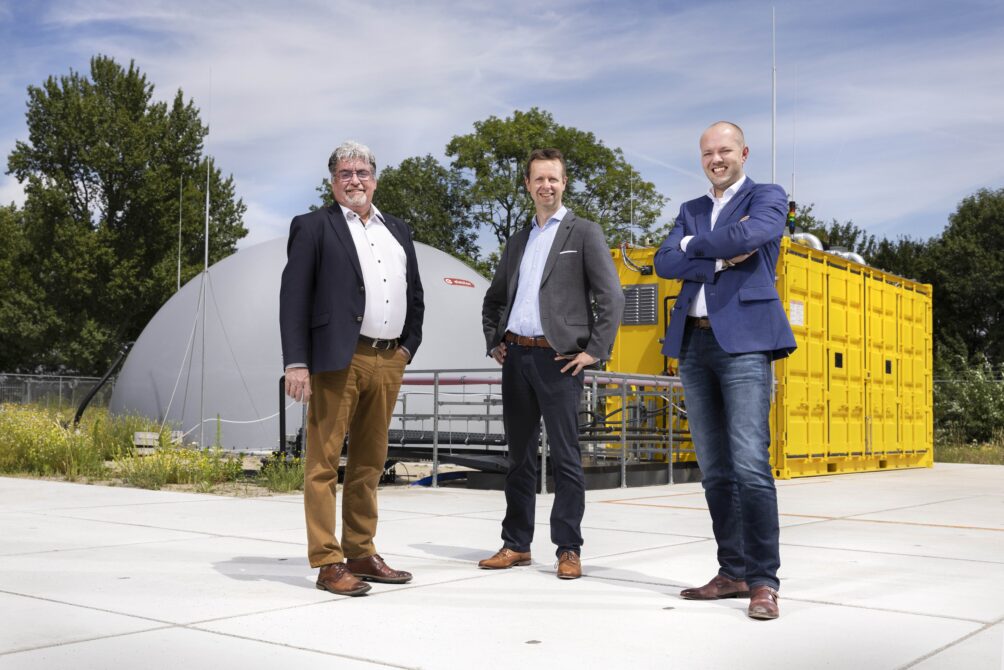
Conclusion
Emerging battery technologies hold great potential to impact various industries, from energy transition and electric vehicles to medical applications. As these innovations progress and become widely available, we can expect to see significant advancements in energy storage, efficiency, and sustainability. The race is on to determine which of these breakthroughs will ultimately define our future.



